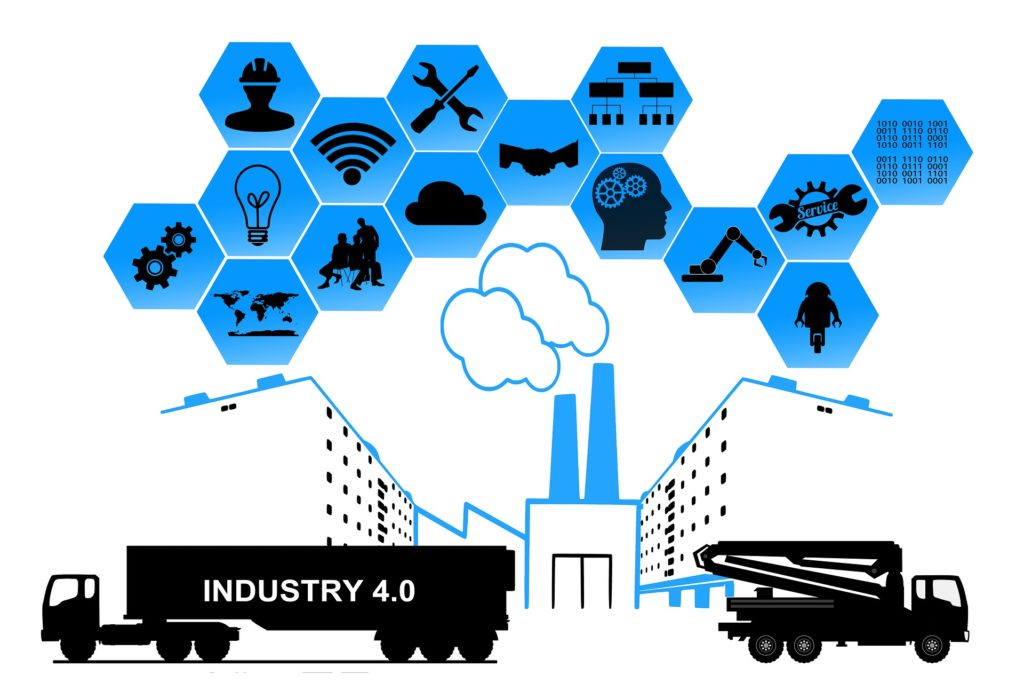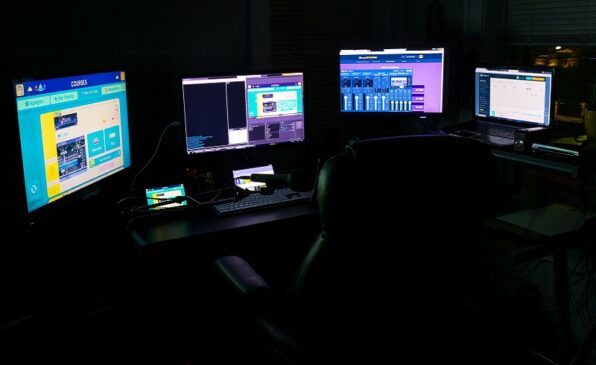Technologies Changing Manufacturing Forever

TechsPlace | Every few decades to a century, new technology is created that impacts industry so much it is considered an industrial revolution. We have seen a number of industrial revolutions: The first resulting from the invention of the steam engine, the second sparked by the combustion engine, and the third revolution caused by the invention of the personal computer and internet. We now find ourselves entering what’s been labeled as Industry 4.0, where manufacturing industries across the world are now adapting to new technologies like IoT, improved PLCs and HMIs, cloud computing, modern cyber-physical systems with remote controls, cognitive computing, and robotics. Manufacturers are trying to attain a “Smart factory”, meaning a factory that is fully-integrated, collaborative, and responds in real time to adjust to changing demands. With a fully automated factory, all the manufacturing and production equipment is centrally connected which can then be controlled and monitored from just about anywhere. Modern gadgets for industry workers like various exoskeletons, AR, and VR are also fueling the current industrial revolution, making factories an employee-friendly work environment, and increasing productivity.
Technologies that are making an impact
The top technologies fueling Industry 4.0 are –
- Big Data: The manufacturing industry is always looking for new ways to increase and maximize the output volume. With new developments in electronics and sensors, there is almost an unlimited way to use and customize the function of each particular sensor and have it upload data in real time. Data generated from such sensors can build up a huge database of relevant information, such as life expectancy of parts and predictive maintenance reports based on past trends; all while being compiled into a company’s big data strategy. The management of a company can overlook the manufacturing process with live statistics, planning departments can forecast revenue & profit more accurately, and by structuring the data into relevant formats, the whole factory arrangement can be organized in a more productive way without significant downtime.
- IoT: Internet of Things will be a building block for new technology for just about every sector. IoT allows every electronic component in a household or factory environment to be connected to the internet. All generated data through IoT components are usually stored in a central cloud database with computation capabilities for smart analysis. In IoT, all electronics are given the capability to communicate with each other and report back to a central server – which is huge in reducing production line downtime. IoT can also be used for self-diagnosis of machines to help identify damaged or malfunctioning parts in machinery, monitoring sensors, surveillance, etc. are all happening in the IoT sphere.
- Cloud Storage and Computing: Cloud storage and cloud computing offer a convenient way of centrally controlling a production plant, monitoring employees, instantly access live statistics and collaborate with co-workers across the world. With modern inventions in networking technologies, available bandwidth is higher than ever before and great connectivity across computers, Smartphone, vehicles, consoles and other digital devices – cloud storage and computing have reached a new height. In manufacturing, using cloud computing-based systems reduce operational costs and operating delays. In times to come, cloud computing will be integrated into even the smallest of components through IoT. In fact, this is already happening in industries like Boeing and Porsche.
- Augmented Reality & Virtual Reality: Augmented Reality and Virtual Reality is the next major revamp in industrial production and manufacturing tools. Research & Development departments would be able to craft precise designs without having to craft and rely on physical models. The trial & error would be a term of the past as Augmented Reality and Virtual Reality is perfected because you would be able to run tests with accurate results in a virtual space. AR works by overlaying digital information on a real-time view, allowing the user to simulate, and play around with floor planning, precise ergonomics planning, safety planning, as well as being used for quality assurance and employee training. VR works by creating a virtual space which can replicate and even be used to control robotic arms and other machinery. This will be important in the future by getting humans out of potentially dangerous areas and allowing them to use VR to control their station remotely, it also allows for the closest thing to hands-on training for new employees without them actually using the equipment.
- 3D Printing: 3D printing as a buzzword has died down over the past few years, but it is still a huge industry with a ton of potential for industry uses. With 3D printers, manufacturers are able to print parts and prototypes quickly, and with a variety of different materials. 3D printing also allows manufacturers to make certain replacement parts for machinery, in-house, saving time and money. 3D Printing was initially expected to be a much more accepted consumer technology, but the complication of using one and the expense has put it slightly out of reach of the typical consumer. However, this has to lead large manufacturers such as GE and HP to adjust their efforts by catering to industrial needs.
What next?
The world of innovation never stops. Manufacturing is changing exponentially faster than ever before, and that will continue as computing becomes faster, components become smaller, and technology, in general, becomes cheaper and more customizable.
Author Bio: Greg Conrad is a writer for Ax Control.
This article is contributed by guest author on techsplace.com.





